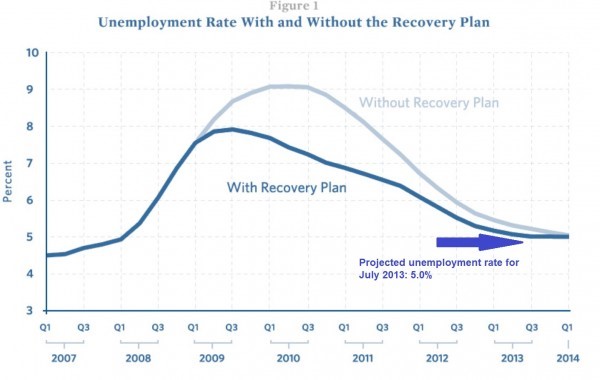…and, by extension, the goal of this administration’s Europe-wannabe tax schema.
Matthew Karnitschnig and Robin van Daalen, in The Wall Street Journal, interviewed the newly retired Marius Kohl, who was for 22 years the Attendant—head—of Luxembourg’s Sociétés 6, or Companies 6, the Luxembourg government agency that, among other things, determines the annual tax owed by each of roughly 50,000 Luxembourg-registered holding companies.
It’s a wide-ranging interview and well worth the read, but I want to focus on one small bit of it.
One outcome of Kohl’s stewardship is that Luxembourg became a corporate tax haven: companies registered there generally paid little in the way of taxes. This especially stands out against the EU average headline corporate rate above 21%, rates running as high as France’s 33%, and Luxembourg’s own 29%.
Naturally, the EU is dismayed with this, and with Kohl’s departure, it’s pushing Luxembourg to “fix that.” Luxembourg is being unfair, say the EU’s functionaries, and it should raise its corporate tax to be more in line with the rest of the EU.
Notice that. The EU declines to compete with Luxembourg (or with Ireland, whose official rate of 12.5% is being raised with the Irish government surrender to EU pressure) for business and associated employment. Instead, Luxembourg must make itself less competitive, must lower itself to the EU’s plain.
Because, it really isn’t people’s money, its government money that government kindly lets people use some of. Because, people are just piggy banks for the men of government, we’re not really in this for our own benefit.
This is where the US is headed, for all that President Barack Obama is talking about lowering our own corporate rate from 35% to 28%. Obama, after all, is holding out for more taxes raised elsewhere in return.

